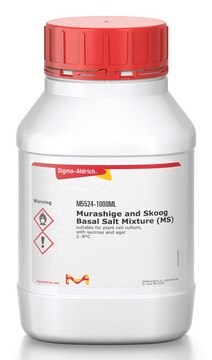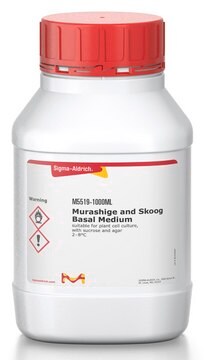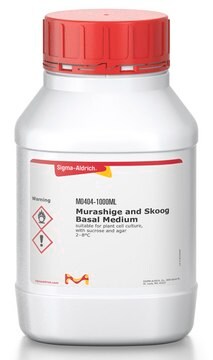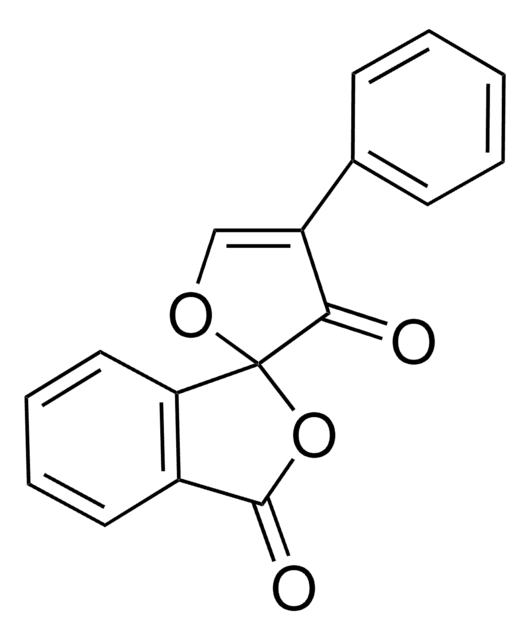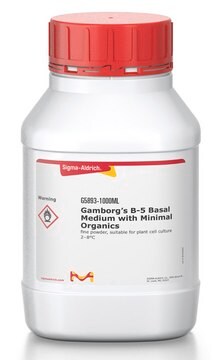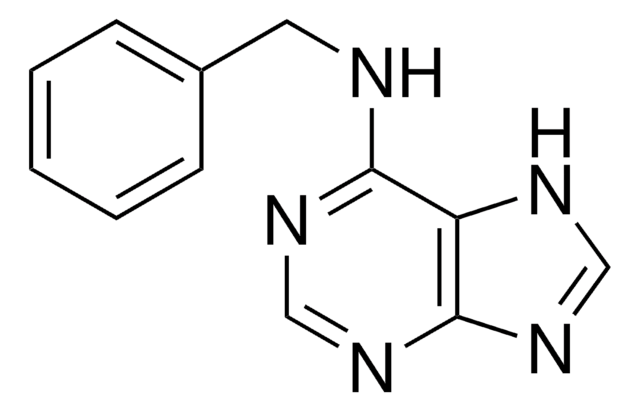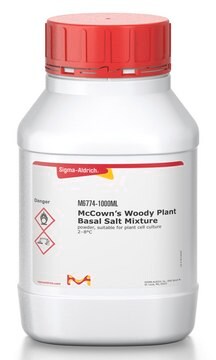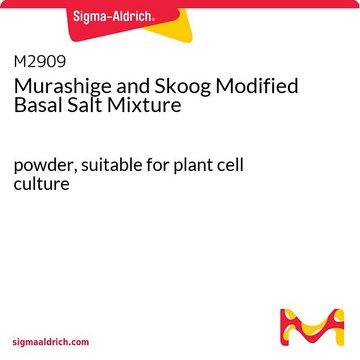H2395
Hoagland′s No. 2 Basal Salt Mixture
powder, suitable for plant cell culture
Synonym(s):
Hoagland solution 2
Sign Into View Organizational & Contract Pricing
All Photos(1)
About This Item
UNSPSC Code:
12352207
NACRES:
NA.72
Recommended Products
form
powder
Quality Level
technique(s)
cell culture | plant: suitable
application(s)
agriculture
storage temp.
2-8°C
Application
Hoagland′s No. 2 Basal Salt Mixture has been used:
- in the preparation of Hoagland′s solution for treating root tips
- to grow maize (Zea mays L.) seeds
- to grow rice seedlings and to treat M. sinensis (cv. Kosung) seedlings hydroponically
Hoagland′s No. 2 Basal Salt Mixture is a classic plant medium. Hoagland′s solution is a popular solution for a wide variety of plant species.
Formula variant
Quantity
Formulated to contain 1.6 grams of powder per liter of medium.
related product
Product No.
Description
Pricing
Signal Word
Danger
Hazard Statements
Precautionary Statements
Hazard Classifications
Acute Tox. 4 Oral - Eye Dam. 1 - Ox. Sol. 3
Storage Class Code
5.1B - Oxidizing hazardous materials
WGK
WGK 2
Flash Point(F)
Not applicable
Flash Point(C)
Not applicable
Choose from one of the most recent versions:
Already Own This Product?
Find documentation for the products that you have recently purchased in the Document Library.
Customers Also Viewed
Yunying Fang et al.
Global change biology, 24(7), 2775-2790 (2018-04-01)
Agronomic practices such as crop residue return and additional nutrient supply are recommended to increase soil organic carbon (SOC) in arable farmlands. However, changes in the priming effect (PE) on native SOC mineralization in response to integrated inputs of residue
Renee S Arias et al.
BMC plant biology, 18(1), 170-170 (2018-08-17)
Aflatoxin contamination in peanut seeds is still a serious problem for the industry and human health. No stable aflatoxin resistant cultivars have yet been produced, and given the narrow genetic background of cultivated peanuts, wild species became an important source
ZmCOI6. 1, a novel, alternatively spliced maize gene, whose transcript level changes under abiotic stress
Guerra-Peraza O, et al.
Plant Science, 176(6), 783-791 (2009)
Patrick A Herklotz et al.
Chemosphere, 78(11), 1416-1421 (2010-01-26)
Cabbage (Brassica rapa var. pekinensis) and Wisconsin Fast Plants (Brassica rapa) were chosen for a proof of concept study to determine the potential uptake and accumulation of human pharmaceuticals by plants. These plants were grown hydroponically under high-pressure sodium lamps
The water-culture method for growing plants without soil.
Hoagland, D.R., and Arnon, D.I.
Univ. Calif. Coll. Agric. Exp. Sta. Circ., 347-353 (1938)
Articles
Classical plant tissue culture media developed years ago by pioneers such as Murashige, Skoog, Gamborg, and others still play a vital role in plant tissue culture research today.
Our team of scientists has experience in all areas of research including Life Science, Material Science, Chemical Synthesis, Chromatography, Analytical and many others.
Contact Technical Service